How to Safely Cross Barbed Wire Fences when Hunting

Crossing those barbed-wire obstacles is just a basic part of upland hunting
Most bird hunters have come to the point, whether on private or public lands, where they have encountered some sort of obstacle. Natural hurdles such as streams, ravines, breaks, mountains, and even the cover itself can be an obstruction. Caution, care, planning, and more importantly, safety, should be taken into account when negotiating difficult and rough terrain and obstacles.
The most common artificial hurdles we as bird hunters face are fences. Wide and brushy fence lines, particularly those with trees, bushes, or plum thickets adjacent to crops, almost always hold ring-necked pheasants and/or bobwhite quail. It’s inevitable that upland bird hunters will find themselves having to cross these wooden and steel wire fences. Barbed wire fences, to be sure. Barbed wire fences are made to cause discomfort to persons and animals attempting to pass. Intentionally.
Most if not all wingshooters have at one time or another tangled with these steel-fanged predators. Snagging one’s pants is almost a right-of-passage as a hunter. Upland bird hunters will snag brush pants, chaps, bird vests, coveralls, shirts, and other clothing. Hunters will be cut, hands poked, arms and legs scratched.
Whether it is a four-strand barbed wire fence, a single-wire fence or a wooden corral fence, there is no good reason to hurry over fences. Hunters should first look for a gap in the fence. The most common types of gaps are locked or unlocked gates, bent or knocked-down sections, or cut sections in the fence. (Hint: Remember to always respect the land and to not damage any property. Including barbed-wire fences.)
Consider following these steps and methods when bird hunting alone or with a group.
Crossing barbed wire on a solo hunt
- Unload your shotgun.
- Remove any gear that could hinder crossing the fence (bird vests, backpacks, chaps) and place those items far enough away where there is no danger of tripping over them while crossing.
- Place the shotgun under the fence, muzzle pointed away in a safe direction.
- Protect the muzzle (you can use a hat or glove to slip over the end of the barrel).
- Cross the fence without damaging it.
- Pick up your shotgun, reload, and check the safety.
Crossing a fence with other hunters
- Unload all the shotguns while the muzzles are pointed in a safe direction.
- Remove any gear that may hinder crossing the fence (bird vests, backpacks, chaps) and place those items far enough away where there is no danger of tripping over them when crossing.
- The hunter about to cross gives the shotgun to the other person.
- The hunter without the shotgun crosses the fence.
- Shotguns are then handed across the fence to those who have crossed. Shotguns should be handed stock first while double-checking muzzle direction. Receiving hunters should verbally acknowledge they have control of the shotgun prior to letting go.
- Other hunters then cross the fence safely.
- After all the hunters are safely across and shotguns returned to their owners, double-check the safety. Use good judgment before reloading and resuming the hunt.
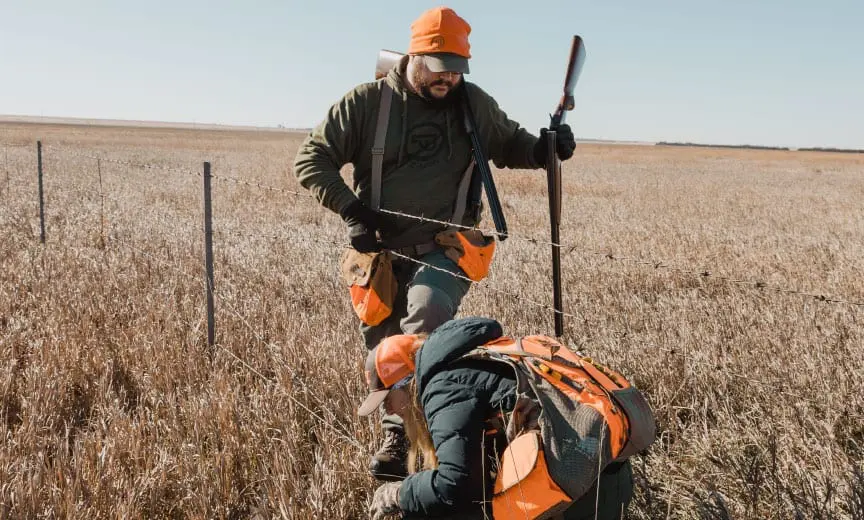
Barbed wire fence crossing methods
Crossing on top of the wire between two posts
Most often, barbed wire fences are not very tightly strung, especially if they’re not new, and the individual wires may have some slack to them.
- Go to the point midway between two posts.
- Press down on the top wire using a stick, bird vest, or (carefully) using your hands. If you’re wearing gloves, use caution not to tear them. That’s why I typically wear a good pair of quality leathers, unless it’s really cold, when hunting as it makes crossing fences easier, safer, and less prone to cause injury.
Crossing between the wires
Hunters should go to the middle point between two fence posts where generally most of the slack in the wires is. Standing next to the fence, facing down the fence line, pick a wire that is just above the height of your hip – this is the wire to go under. This wire need not be touched. Firmly grasp the wire directly beneath that wire with both hands and push firmly down to allow room to pass between the wires.
- If your clothing is snagged by a barb, stop, reverse directions and move back a few inches. Lower or raise (depending on which wire) that portion of the body that is caught and try again.
- If the wires are strung too tightly to easily spread sufficiently to fit through, then by all means attempt another means of crossing.
The following method is better suited for smaller persons, such as youth, to cross safely with the assistance of other hunters.
Crawling under the bottom wire
Follow the fence line looking for a low spot beneath the bottom wire. When a location is found, either get on your belly or back and crawl/scoot/squirm under the bottom wire. There may be times when crawling under may not be an option depending on the height above ground of the bottom strand.
When more than one hunter is present, crossing over, under or between fence wires becomes easier. They can step on one wire and pull up on the one above or push down allowing the other hunter to maneuver through more easily if doing it themselves. Once across, the roles switch.
Climbing over a barbed wire fence
Probably the most common method to cross barbed wire fences is by climbing. It is also the most dangerous. Climbing over a fence should be done slowly and carefully.
- Climbing barbed wire fences should be done at fence posts and with at least one hand on the post and your feet positioned as close to the post as reasonable. Being close to the fence post minimizes the chance of breaking the fence and it is also more stable.
- Being careful not to grab a barb, put both hands on the fence post and place one foot on a wire strand. When sufficiently high enough on the fence, swing one leg over (while being careful not to catch yourself on the top barbs) and place your foot in the fence on the other side. Don’t climb higher than necessary as the fence becomes less stable.
- Then either twist your foot around or put your heel on the wire and carefully get the other leg over — then climb or jump down. If you feel you are losing balance, don’t grab the barbed wire — jump off.
The disadvantages of this approach is that it is quite easy to catch your leg or crotch on the top wire and rip your brush pants or chaps. Or worse!
There are usually gates along barbed wire fences
As with barbed wire fences, or any type of fence, they require gates. Gates allow the passage of people, vehicles and farm implements. The same steps and caution should be taken when crossing over locked gates. Bird hunters should practice good hunting etiquette and close all gates after them.
If safety truly comes first in hunting, then teaching the youngest and newest among us about how to do things safely is paramount. Crossing barbed wire fences and obstacles needs to be done safely the first time and every other time afterwards. When new bird hunters, young or old, see that the safe way to cross fences is the only way, then we as mentors are doing our part in teaching safe hunting while in the uplands.
While barbed wire fences instinctively convey a bit of panic to those crossing afield, bird hunters everywhere seem to gravitate back towards them when it’s picture time. Seeing a brace of bobs or red-phase grouse hanging from its strands invokes triumph in the uplands. Barbed wire fences and posts become bird hunter’s trophy mantels. They are a place to take a break, shake hands with approaching wingshooters, water the dogs, and a natural course to walk along. They are indeed a part of our upland hunting tradition.




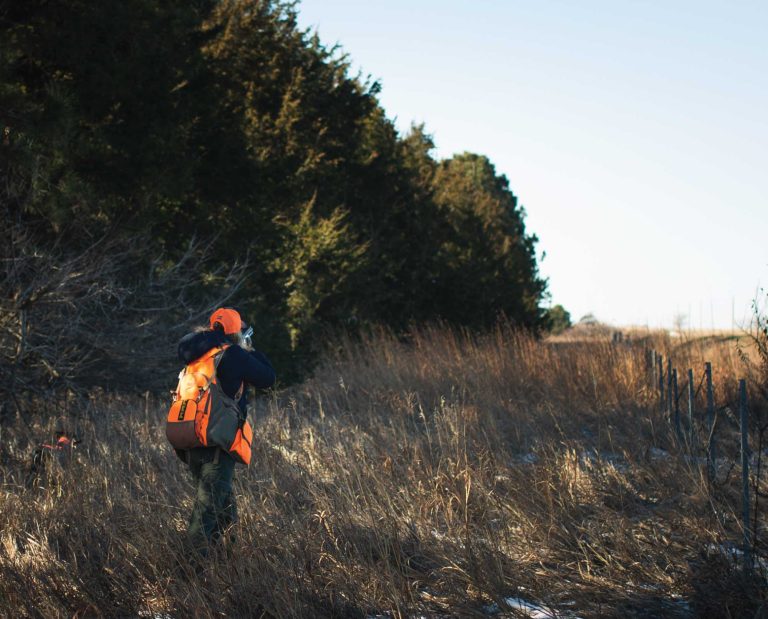
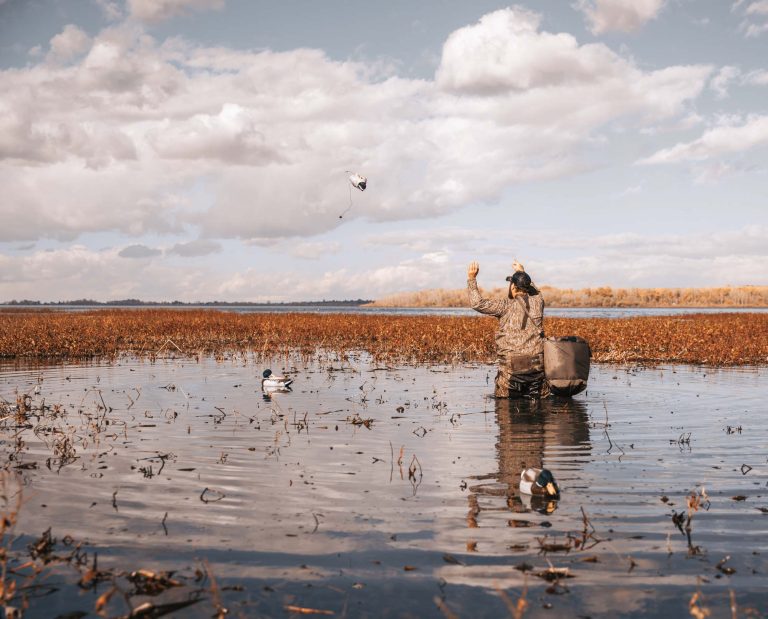
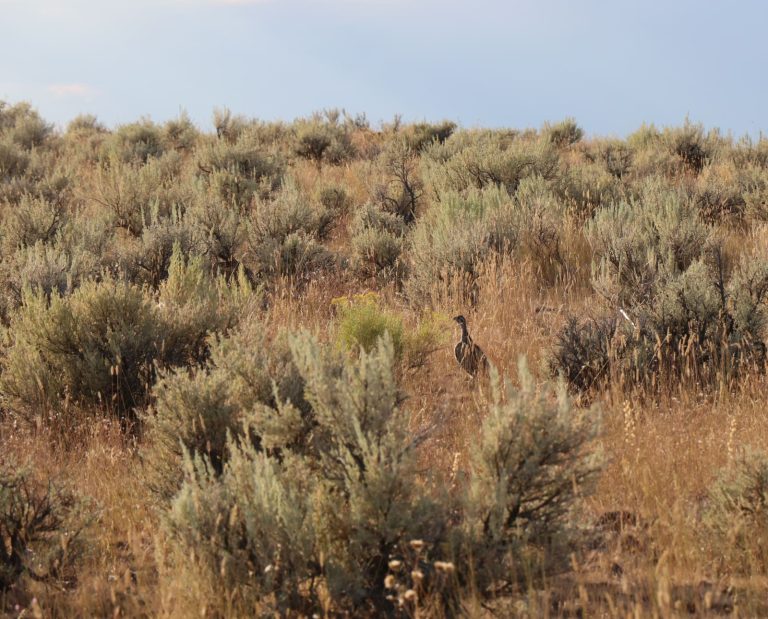
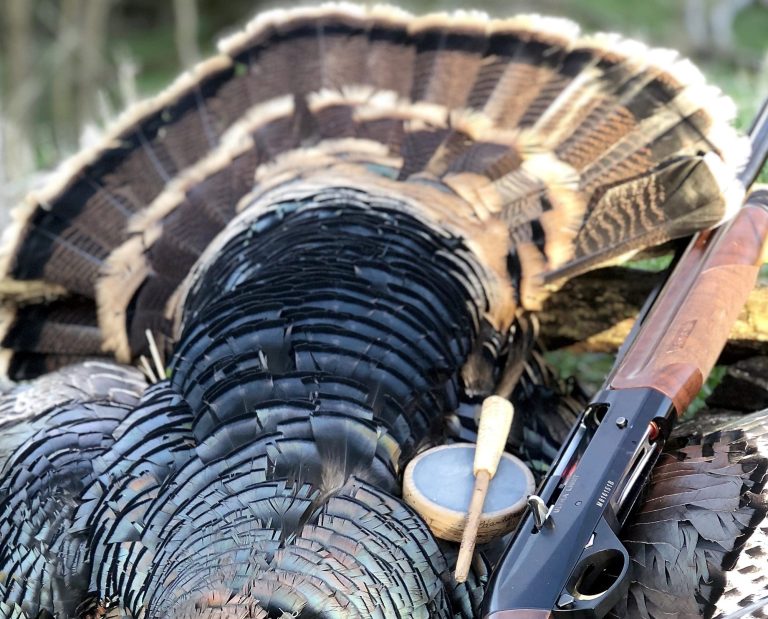

Years ago deer hunting in southern Missouri my dad was crossing a fence when – ZAP – lightning struck the next ridge over, traveled through the fence and threw him like a bronco….very lucky he didn’t get hurt…
Good stuff, Edgar. I’ve had struggles with fences over the years, but barbed wire has been the bane of my newest birddog’s life. Three trips to vet/ER in three years for stitches/staples. She seems oblivious to the wounds. Using a Mendota skid plate now and keeping my fingers crossed. Not crazy about the vet bills but the last episode cost us three weeks of the season.